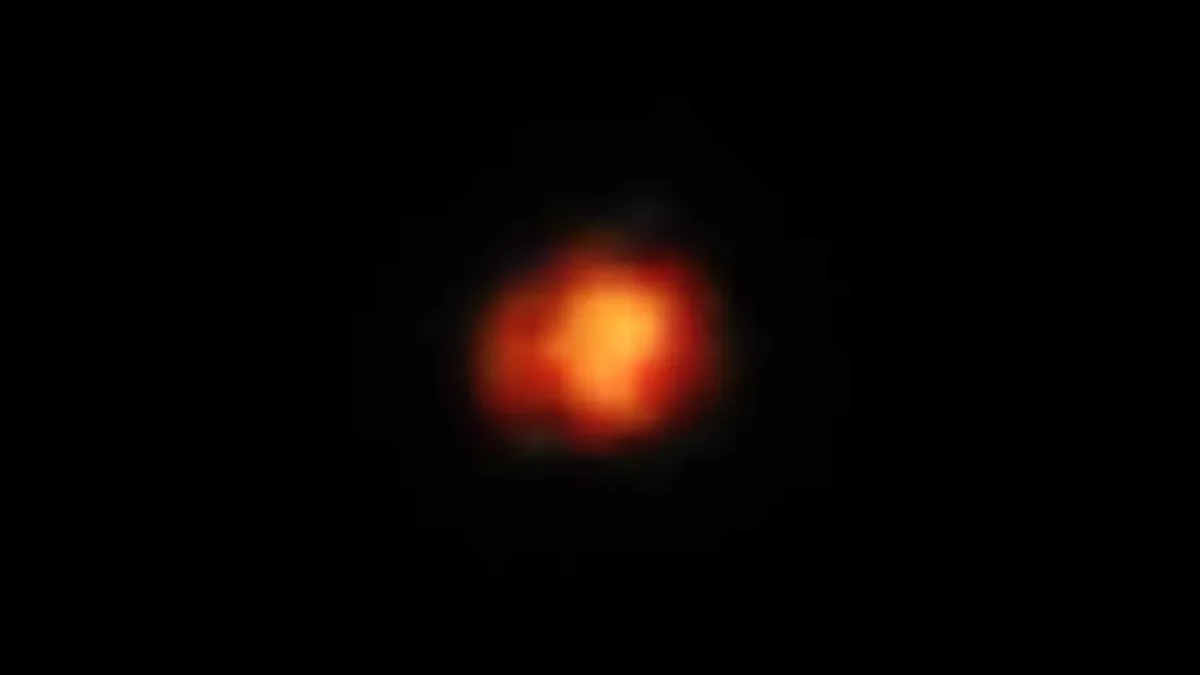One of the galaxies from the early universe known as the Macy’s Galaxy is, in fact, among the oldest known galaxies. This has now been confirmed by spectroscopy, which has determined that the galaxy is slightly younger than first thought. The James Webb Space Telescope sees it in a state 390 million years after the Big Bang. This makes it one of the four oldest galaxies whose age has been confirmed, according to the University of Texas. In the analysis now presented, it is also found that a galaxy that was initially thought to be much older is much younger. It is unfortunate that it did not exist 250 million years after the Big Bang, as was thought, but a billion years later.
advertisement
Other candidates are under review
A year after the commissioning of the new space telescope, the discoveries of particularly early galaxies announced immediately afterward, whose masses baffled science, are now becoming more tangible. It has not yet been possible to confirm ownership of the absolute records. For example, early data on a galaxy called CEERS-93316 indicated that it existed only 250 million years after the Big Bang. However, this appearance arose only due to the peculiarity of the photometric method, which occurs precisely at a redshift of z = 4.9 (one billion years after the Big Bang). The hot gas thus mimics a signature in the frequency analyzes expected in much older galaxies.
It was known that the James Webb Space Telescope discovered a particularly large number of distant galaxies immediately after it began its work. However, there were also doubts about the alleged discoveries, but the first examinations were actually positive. In part, the “quiet, orderly disks” of the galaxies found have challenged our understanding of how the first galaxies formed in the “crowded, chaotic early universe.” A research group recently suggested that some hypothesized galaxies are “dark stars” that have been described only in theory and derive their energy from dark matter.
The James Webb Space Telescope looks into space at the L2 Lagrangian point so far away from the Sun, Earth and Moon that their heat radiation does not disturb the infrared telescope. A huge protective screen blocks them – with an SPF of 1 million. After its inception, it discovered several candidate galaxies that may have existed only a few hundred million years after the Big Bang. The direction of the discoveries suggested that the space telescope could revolutionize our understanding of the first hundreds of millions of years after the Big Bang. According to the University of Texas Ten other discoveries are currently being investigated, galaxies that may be older than the Macy’s Galaxy.
(mo)

“Total coffee aficionado. Travel buff. Music ninja. Bacon nerd. Beeraholic.”







More Stories
European Space Agency image showing “traces of spiders on Mars”
“Traces of spiders on Mars”
Raspberry Meringue Roll: Little effort, great effect